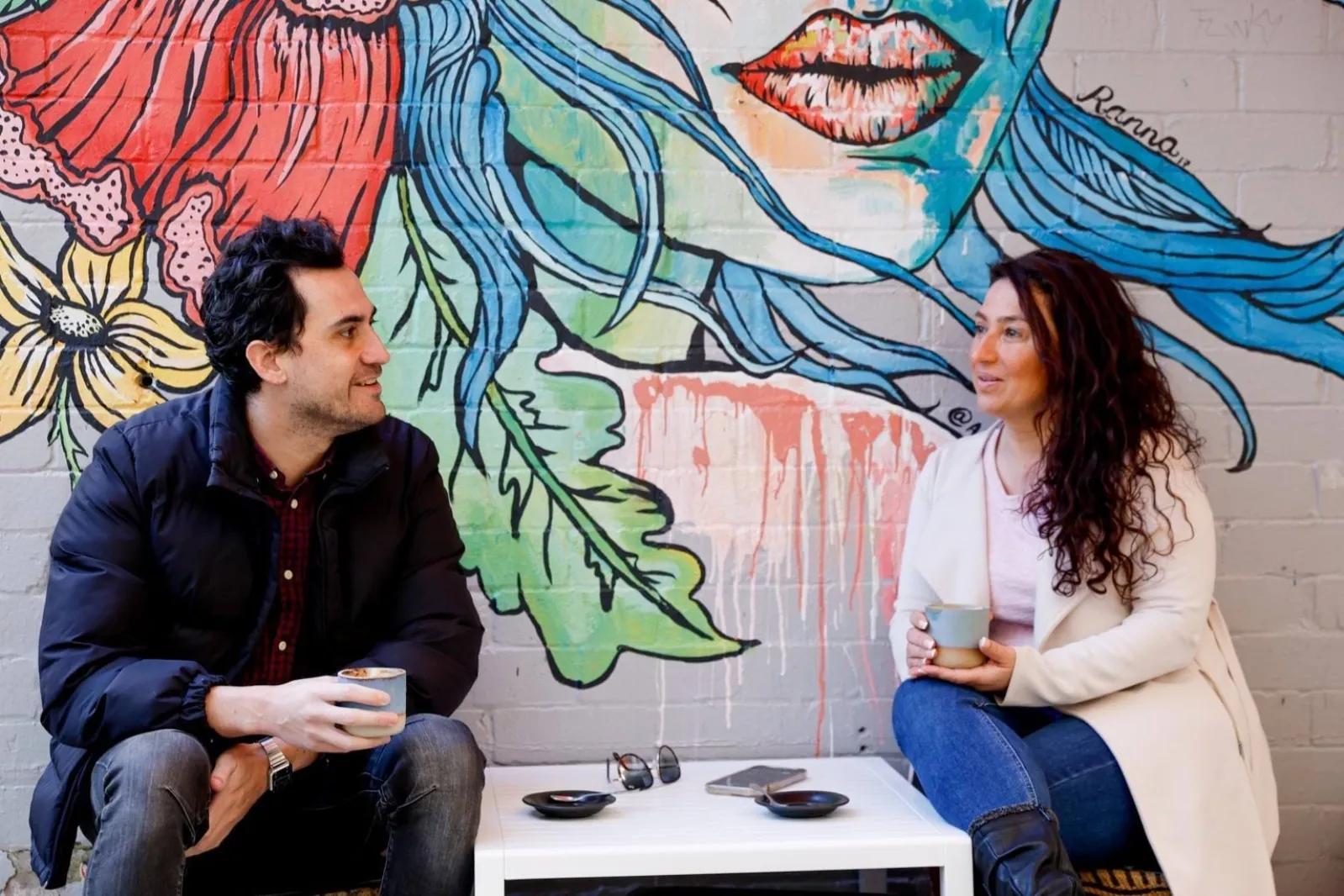Balit Murrup: Aboriginal Social and Emotional Wellbeing Framework 2017-2027
Overview
Balit Murrup is Victoria's 2017-2027 Aboriginal social and emotional wellbeing framework addressing the significant mental health disparities affecting Aboriginal Victorians. The framework adopts a holistic approach encompassing seven dimensions of wellbeing: connections to spirit, land, culture, community, family, mind/emotions, and body. It outlines four key domains for reform: improving culturally responsive services, supporting healing and trauma recovery, building skilled workforce, and integrating seamless service delivery to achieve better mental health outcomes.
Individual authors
The Victorian Government Department of Health and Human Services, developed collaboratively with the Aboriginal Social and Emotional Wellbeing Reference Group.
Key insights
Key Insights
- Aboriginal Victorians experience psychological distress at three times non-Aboriginal rates
- Mental health contributes 22% to overall Aboriginal-non-Aboriginal health gap
- Framework emphasizes healing over traditional Western mental health approaches
- Self-determination and community control are essential for effective service delivery
- Trauma-informed care must recognize impacts of colonization and intergenerational trauma
- Cultural connection serves as protective factor against poor mental health
- Expanded Aboriginal workforce needed across mainstream and community-controlled organizations
- Integrated service delivery prevents people falling through gaps between services
Did this resource draw on transformative evidence?
Balit Murrup was developed through extensive Aboriginal community leadership and lived experience. The Aboriginal Social and Emotional Wellbeing Reference Group, comprising Aboriginal experts and community representatives, guided the framework's development. The document features personal stories like "Aunty Louise" and case studies from services like Wadamba Wilam, demonstrating real-world applications. Community consultations, cultural knowledge from Elders, and feedback from Aboriginal community-controlled organizations ensured the framework reflects authentic Aboriginal perspectives and practical service delivery experiences.
Balit Murrup integrates extensive practice wisdom from Aboriginal community-controlled organizations, mainstream mental health services, and frontline workers. The framework draws on successful program models like Fresh Tracks, Wadamba Wilam, and Jekkora Spear Group, demonstrating evidence-based approaches. It incorporates learnings from Koolin Balit evaluations, clinical expertise from services like Thomas Embling, and practical insights from Aboriginal mental health specialists. This collective practice knowledge informs strategic priorities, workforce development approaches, and culturally responsive service delivery models.
Balit Murrup is grounded in comprehensive research evidence, including Koolin Balit program evaluations, Victorian Emergency Minimum Dataset analysis, and Aboriginal health surveys. The framework references peer-reviewed studies on trauma, resilience, and healing approaches, plus evaluation findings from Aboriginal community-controlled health organizations. Key statistics from Australian Bureau of Statistics, burden of disease studies, and mental health service utilization data inform strategic directions. Evidence from demonstration projects and pilot programs guide implementation strategies and workforce development priorities.
Feedback
Let us know if you found this resource useful.
Categories
Resource type
Practice Guideline
Population cohort
First Nations People & Communities
